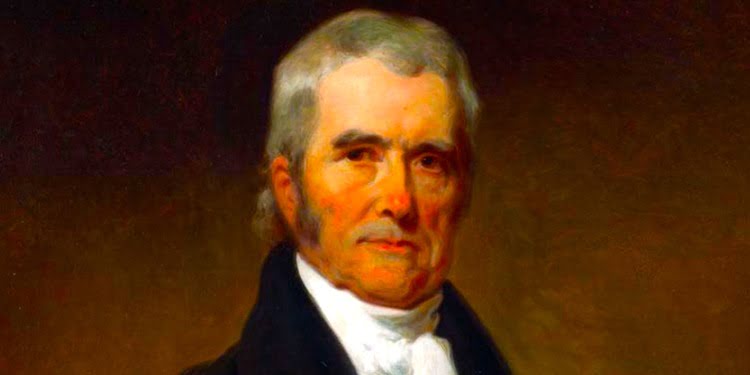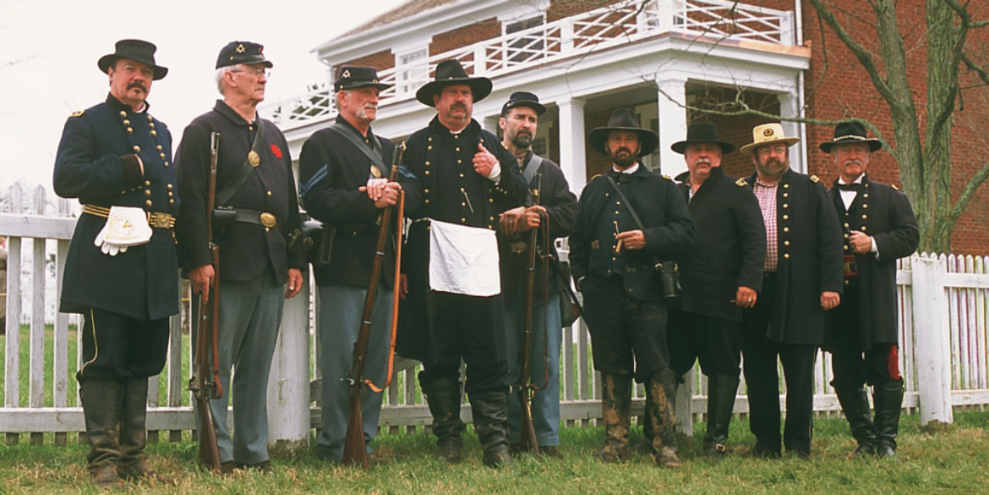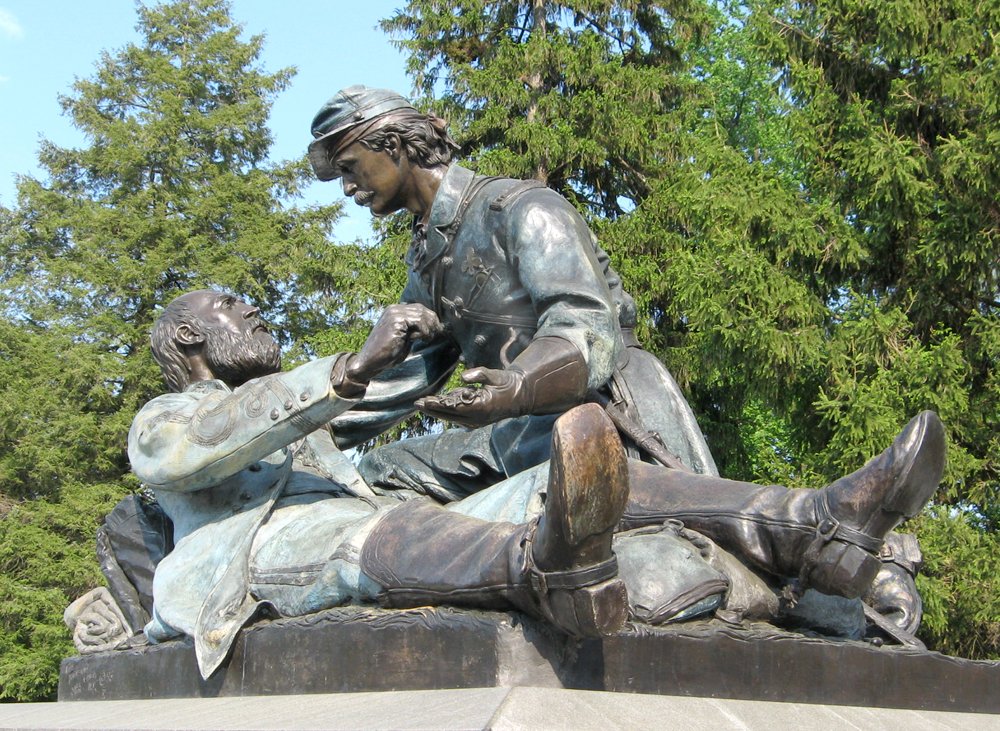Brother John Marshall
John Marshall was born on September 24, 1755 at Germantown (now Midland) in what became Fauquier County, Virginia four years later. He served first as lieutenant, and after July, 1778, as captain in the Continental Army in the Revolutionary War. John Marshall spent the winter of 1777-1778 with the troops in Valley Forge.In 1781, he resigned his military commission and studied law




